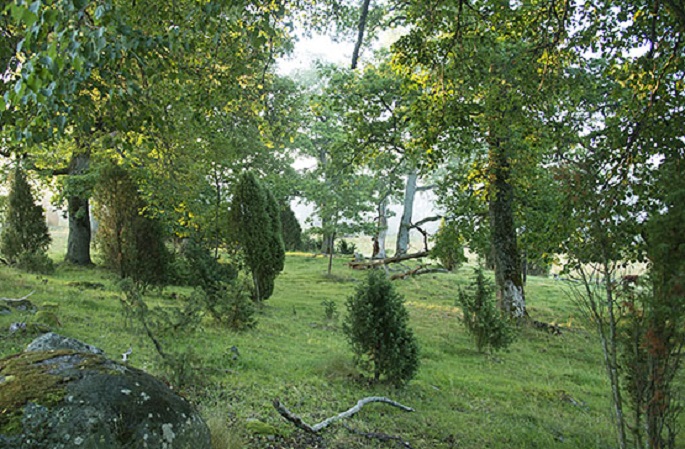Status of natural habitats continues to deteriorate
Published : 19 Dec 2018, 02:28
The threat status of habitat types in Finland was evaluated for the second time and it was found that about half (48%) of the nearly 400 habitat types across the country were assessed to be threatened, said a press release issued by Finnish Environment Institute (SYKE) on Tuesday.
In southern Finland, the proportion of threatened habitats is clearly higher (59%) than in northern Finland (32%). The status of habitat types has not improved during the past decade; instead, the trend among many habitat types is assessed to be declining. However, it is possible to improve the status of habitats.
57 habitat types were classified as Critically Endangered (CR). Out of these, as many as 40 were semi-natural biotopes, i.e., grasslands, meadows, pastures and grazed woodlands. Other habitats classified as Critically Endangered include river habitats in clay soil areas in southern Finland, rich fens, and snowbeds in fell areas threatened by climate change. The highest numbers of Endangered (EN) and Vulnerable (VU) habitat types were found in groups of mires, forests and coastal habitat types by the Baltic Sea.
All semi-natural grasslands and grazed woodlands were assessed to be threatened, with a majority of them assessed as Critically Endangered. Forest habitat types have the second largest share (76%) of threatened habitats, while the lowest shares are found in inland waters (20%), the Baltic Sea (24%) and rocky habitats (25%).
The small percentages in the Baltic Sea and inland waters can partly be explained by the poor knowledge of the status of these habitats. It should also be noted that the percentages of threatened habitat types do not only reflect the recent pace of decline, rather, the results may also have been affected by historical decline. When the quantity and quality of habitat types were compared to the pre-industrial era, the threat status was increased in nearly a quarter of all habitat types, although recent decline in those habitats may not have been as strong.
The highest numbers of non-threatened habitat types (categories Near Threatened or Least Concern) were found among the rocky and fell habitats. For example, acidic rock outcrops and scree, as well as some of the oligotrophic mire habitats found predominantly in northern Finland are assessed to be of Least Concern. Habitats in the category Least Concern also include habitat types that have increased in area in recent decades and show no significant deterioration, such as coastal reedbeds with Phragmites australis and coastal Salix spp. thickets.
The most important reasons for habitat types being threatened were forestry, drainage, clearing of areas for arable land, construction, and eutrophication. Among the reasons in the past, climate change was considered to have little impact (with the exception of the fell area) but it is estimated to gain considerable significance as a threat factor in the future.
Decisions on how to apply the results of this assessment will be made later, following a broad-based preparatory work. In order to facilitate this preparatory work, the expert teams have proposed 70 measures in total for improving the status of the threatened habitat types. The key is in paying more attention to threatened habitat types in land use planning and the use of natural resources.
The protection, management and restoration of habitats must be made more efficient and we must find new methods, such as ecological compensation. Climate change increases further the need to launch and find new, efficient measures to improve the status of threatened habitat types as it intensifies the negative impact of many threats, such as eutrophication.


